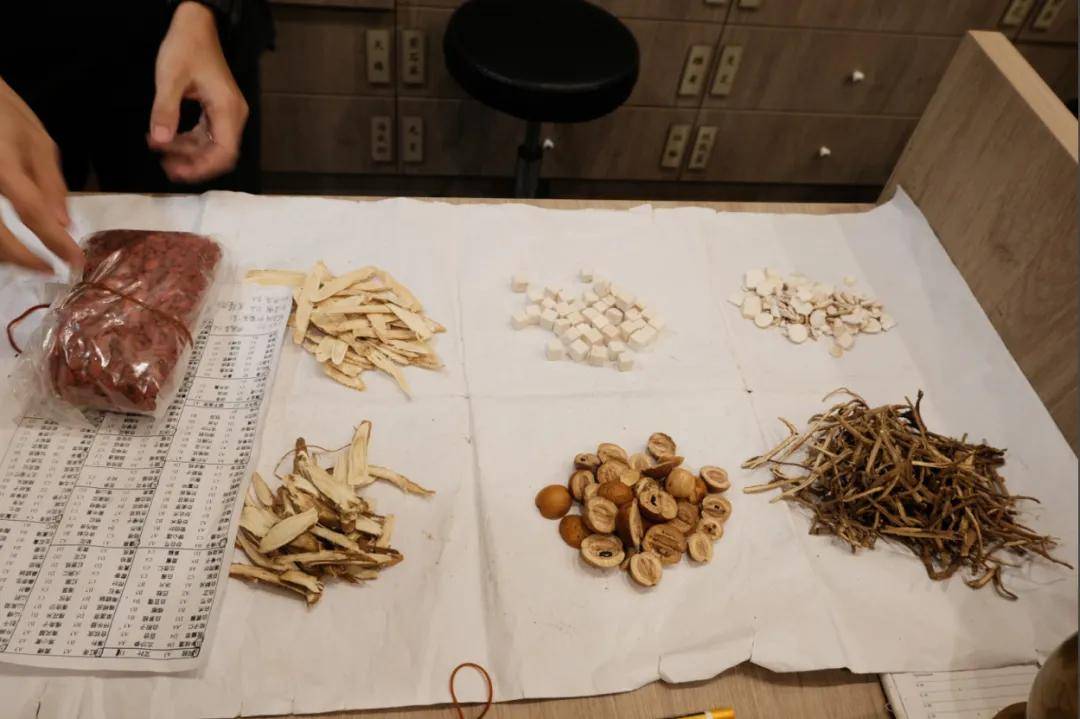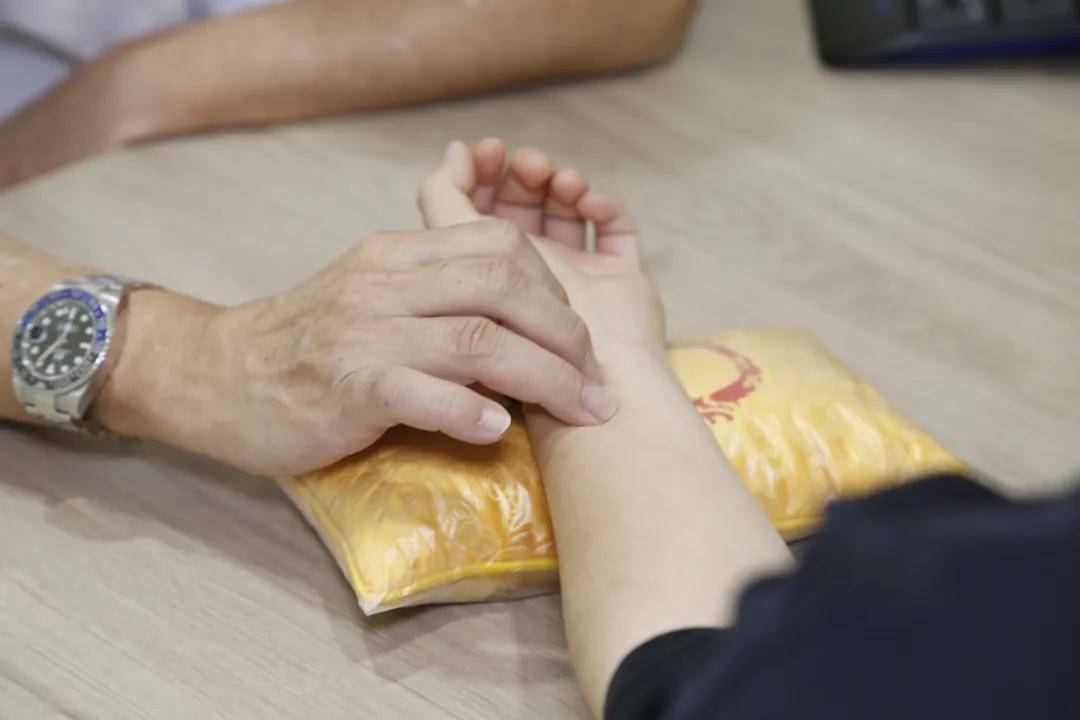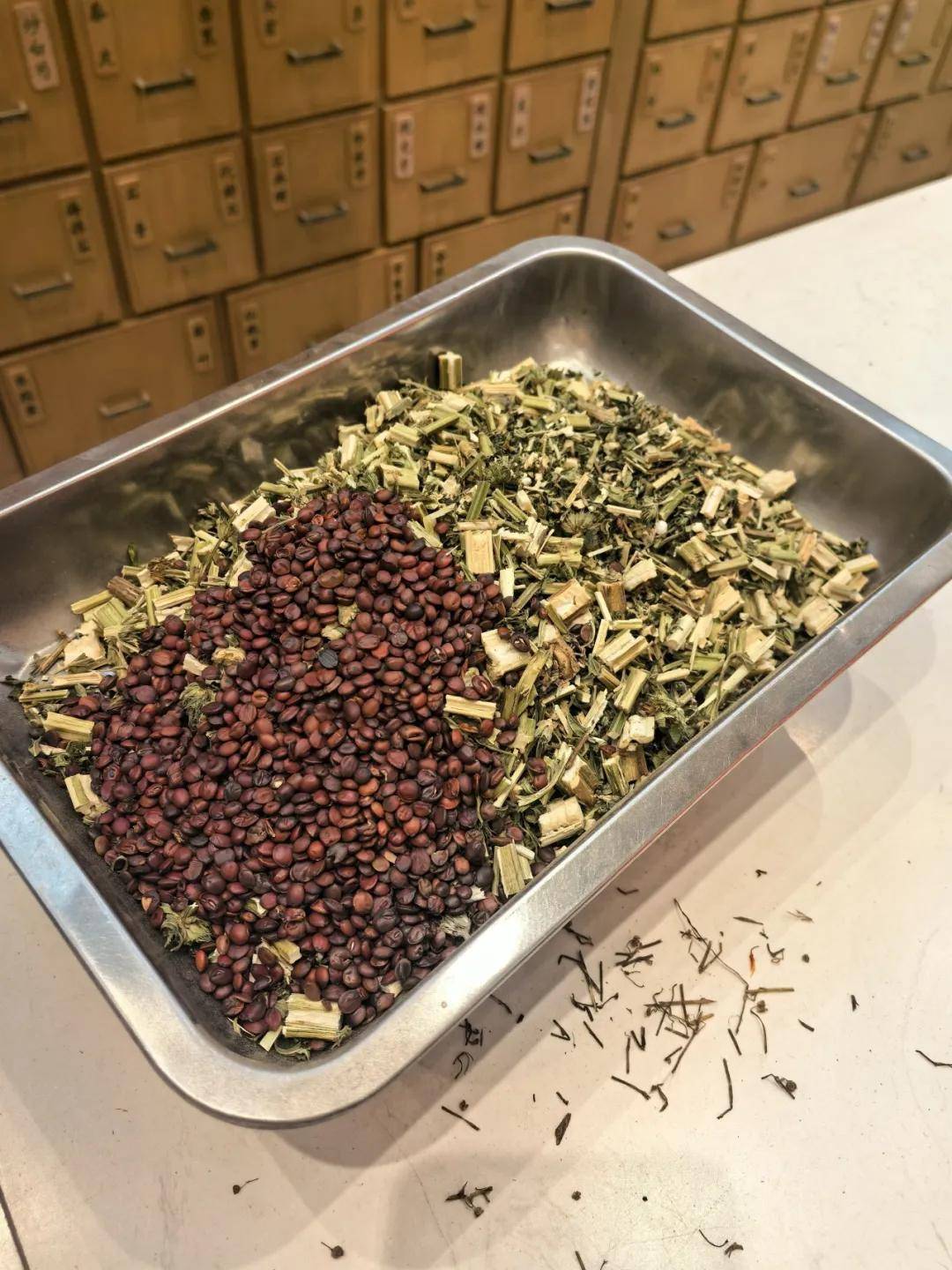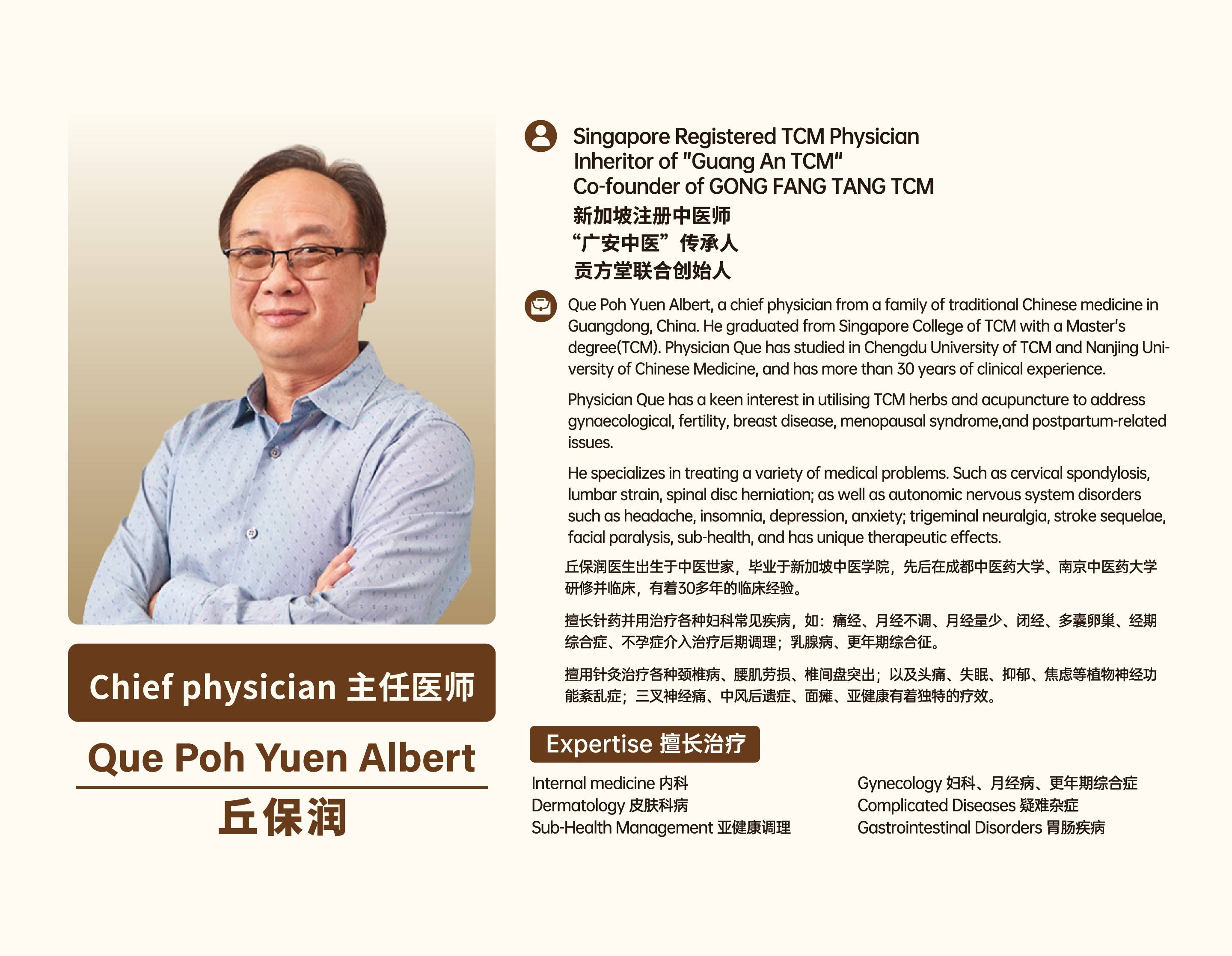Frozen shoulder, also known as adhesive capsulitis or "fifty-year shoulder," is characterized by shoulder pain, difficulty raising the arm, inability to reach behind the back, and sudden sharp, electric shock-like pain when extending the arm. What causes this condition? How can Traditional Chinese Medicine (TCM) provide effective and fast relief?


In Traditional Chinese Medicine (TCM), frozen shoulder is classified as a "bi syndrome" (obstruction disease). The underlying causes include aging, physical weakness, gradual decline of liver and kidney function, deficiency of qi and blood, and malnutrition of muscles and tendons. External factors such as exposure to wind, cold, and dampness, chronic strain, or untreated injuries can lead to cold stagnation in the meridians, muscle spasms, blocked qi and blood flow in the shoulder, and eventually trigger the condition.
People who overexert themselves are more prone to developing frozen shoulder. Around the age of 50, the essence of the liver and kidneys begins to decline, leading to insufficient qi and blood, sluggish circulation, and inability to nourish the bones and tendons. This results in blood deficiency causing pain, imbalance in defensive and nutritive qi, and stiffness in the tendons, rendering them dysfunctional.
Simply put, frozen shoulder is like a block of ice in the shoulder, freezing the flow of blood, qi, and nutrients. When these cannot move forward, they become stuck. In TCM, pain arises from blockage—when circulation is restored, the pain disappears. Therefore, to relieve the pain, the "ice" must be melted.
Movement generates yang energy. When a person exercises, yang energy is activated, and the "ice" gradually melts. Thus, for treating frozen shoulder, one can start with small-range arm swings or circular motions to allow yang energy to slowly dissolve the "ice" in the shoulder. Once the ice melts, qi, blood, and nutrients can flow freely again, and the pain naturally subsides.
Primary TCM Prescription for Frozen Shoulder: Huangqi Guizhi Wuwu Tang (Astragalus and Cinnamon Twig Five-Substance Decoction)
Zhang Zhongjing’s Jin Gui Yao Lue (Essential Prescriptions from the Golden Cabinet) is like a treasure chest containing countless effective formulas, one of which is Huangqi Guizhi Wuwu Tang.
From Jin Gui Yao Lue: On Pulse Patterns and Treatment of Blood Obstruction and Deficiency Fatigue:
Question: How does blood obstruction disease arise?
The Master replied: Those who live in comfort have weak bones but abundant flesh. Heavy fatigue, sweating, restless sleep, and exposure to mild wind can lead to the condition. If the pulse is faint and rough at the cun position (wrist pulse) and slightly tight at the guan position, acupuncture should be used to guide yang energy, harmonize the pulse, and relieve the tightness for recovery. For blood obstruction with weak yin and yang, faint pulse at cun and guan, slightly tight at chi position, and external symptoms of numbness resembling wind obstruction, Huangqi Guizhi Wuwu Tang is prescribed.
Huangqi Guizhi Wuwu Tang is a modification of Guizhi Tang (Cinnamon Twig Decoction), where licorice is removed, ginger is doubled, and astragalus is added as the primary herb. The original composition includes:
Astragalus (Huangqi) – 3 liang
Cinnamon Twig (Guizhi) – 3 liang
Peony Root (Shaoyao) – 3 liang
Fresh Ginger (Shengjiang) – 6 liang
Jujube (Dazao) – 12 pieces
Preparation:
Boil the five ingredients in 6 sheng (ancient measurement) of water until reduced to 2 sheng. Take 7 ge (another measurement) warm, three times daily.
Modern Dosage:
Astragalus – 9g
Peony Root – 9g
Cinnamon Twig – 9g
Fresh Ginger – 18g
Jujube – 4 pieces
Functions:
Regulates defensive and nutritive qi
Expels wind and dissipates pathogens
Reinforces qi and warms the meridians
Harmonizes blood and unblocks obstruction
This formula is widely used in clinical practice with remarkable effects.
In the prescription:
Astragalus (Huangqi) serves as the sovereign herb, sweet and warm, tonifying qi, dispelling wind, and strengthening the exterior.
Cinnamon Twig (Guizhi) is acrid and warm, stimulating qi and blood, dispersing wind-cold, warming the meridians, and relieving pain.
Peony Root (Shaoyao) harmonizes blood circulation and alleviates pain.
Combined with ginger and jujube, which are sweet and warm, they fortify the middle burner and regulate defensive-nutritive qi, collectively achieving the effect of warming yang and unblocking obstruction.

